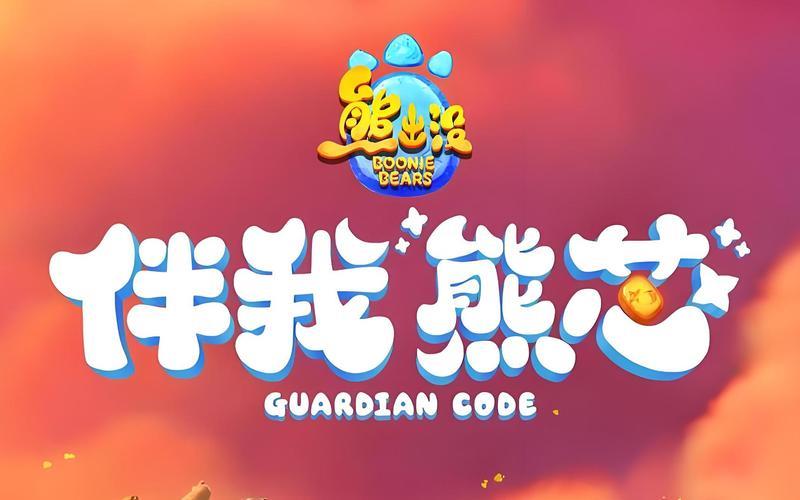【卡通电影英文】手机动漫在线观看-全集国产动漫-免费电影网

Introduction
Animated films have a unique charm that captivates audiences of all ages. From their vibrant colors to their imaginative storytelling, cartoons have become a staple of modern cinema. This article explores the history, significance, and evolution of animated films, highlighting how they have influenced both culture and the film industry.
##The History of Animation
The roots of animation can be traced back to ancient civilizations, where early forms of storytelling involved drawings and sculptures. However, the birth of modern animation is often credited to the early 20th century. The first animated short films, such as "Gertie the Dinosaur" in 1914, laid the groundwork for what would become a revolutionary genre.
Walt Disney's "Snow White and the Seven Dwarfs," released in 1937, marked a significant milestone. It was the first feature-length animated film, showcasing the potential of animation as a serious form of storytelling. This groundbreaking success paved the way for countless animated classics, from "Cinderella" to "The Lion King."
##The Art of Storytelling
At the heart of every animated film is a compelling story. Animation allows creators to explore fantastical worlds and characters that would be difficult to portray in live-action. Through captivating visuals and imaginative narratives, animated films can tackle complex themes such as love, friendship, loss, and perseverance.
For example, Pixar's "Up" begins with a heartwarming montage of a couple's life together, evoking deep emotions even before the adventure unfolds. Such storytelling techniques contribute to the emotional depth that animated films can achieve, resonating with audiences on multiple levels.
##The Evolution of Animation Techniques
Animation has come a long way since its inception. The traditional hand-drawn techniques have evolved into a myriad of styles, including 2D, 3D, and stop-motion animation. With advancements in technology, animators can create more realistic and visually stunning films.
Computer-generated imagery (CGI) has revolutionized the animation industry. Films like "Toy Story" (1995) were pioneers of CGI animation, setting new standards for visual effects and storytelling. Today, studios like Pixar and DreamWorks continue to push the envelope, creating immersive worlds that leave audiences in awe.
##The Cultural Impact of Animated Films
Animated films have significantly influenced popular culture. Characters like Mickey Mouse, Bugs Bunny, and more recently, Elsa from "Frozen," have become cultural icons. These characters not only entertain but also embody values and messages that resonate with viewers worldwide.
Moreover, animated films often address social issues, promoting themes of diversity and inclusion. For instance, "Zootopia" tackles issues of prejudice and stereotypes, encouraging viewers to reflect on societal norms. Such narratives can inspire change and foster understanding among audiences, making animated films powerful tools for social commentary.
##The Future of Animation
The future of animated films looks promising, with new technologies and storytelling techniques emerging. Virtual reality (VR) and augmented reality (AR) are beginning to find their way into animation, offering interactive experiences that engage viewers in unprecedented ways.
Additionally, the rise of streaming platforms has transformed the landscape of animation. With audiences craving diverse content, studios are exploring various styles and narratives, catering to different demographics. This shift allows for more creative freedom, leading to innovative and unique animated films that break traditional molds.
##Conclusion
Animated films are more than just entertainment; they are a reflection of society and a means of storytelling that transcends age and culture. From their humble beginnings to the technological marvels of today, animated films continue to evolve and inspire. As we look to the future, it is clear that the magic of animation will remain a beloved and integral part of the cinematic experience.
